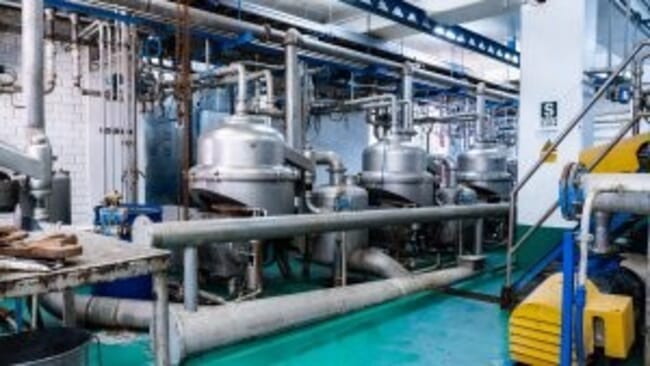
Fishmeal is a key component of most aquafeeds and is also used in many pig and chicken diets © IFFO
The primary factor driving such decline is the production drop of approximately 50 percent reported in Peru, where the first fishing season has not been authorised yet. At the time of issuing this report, IFFO notes, there is still no clarity on whether the first fishing season in the North-Centre might be authorised.
The figure covers the regions for which IFFO regularly tracks production of marine ingredients – Peru, Chile, Denmark, Norway, Iceland, UK, Ireland and Faroe Islands, USA, South Africa, Ivory Coast, Mauritius and Spain – which account for approximately 50 percent of the global output.
Chinese to increase fishmeal imports
Meanwhile, according to IFFO, following the implementation of the fishing ban in China on 1 May on all fishing grounds, to allow the biomass to reproduce, Chinese domestic fishmeal and fish oil production remains poor and dependent on little frozen fish caught in the last season and by-products from fish and shrimp processing plants.
"This situation is expected to persist until the fishing ban is lifted in September. Considering the lower-than-average domestic production both in the second part of the year 2022 and in the first half of 2023, China has continued to increase its fishmeal imports," IFFO notes.
However, this demand might be on the wane soon, due the tough conditions facing aquatic and terrestrial livestock farmers in China, who are “facing additional risks of economic losses due to escalating costs of aquafeed and stagnating farm-gate prices”.
“Should this trend continue, farmers could be soon exposed to even greater financial risks. Similarly, the pig sector continues to face challenges due to weak demand during the hot summertime. Pig prices have been on a decline since last October, which has resulted in a continuous although insufficient reduction of the sow stock. The pig sector remains in fact affected by overcapacity and unprofitable farm-gate prices,” the report concludes.


